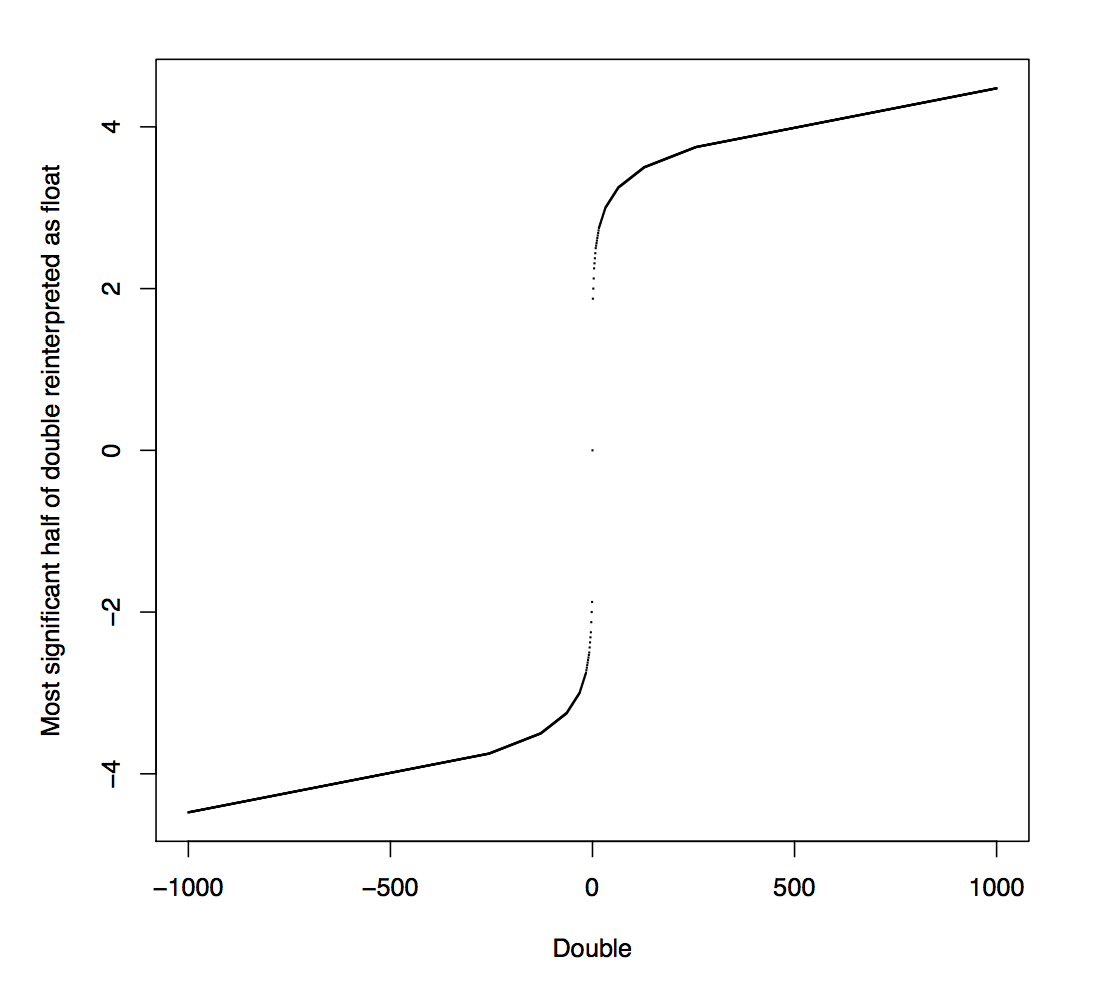[Submitted on 7 Nov 2025]
Authors:Zihao Yi, Qingxuan Jiang, Ruotian Ma, Xingyu Chen, Qu Yang, Mengru Wang, Fanghua Ye, Ying Shen, Zhaopeng Tu, Xiaolong Li, Linus
View PDF
HTML (experimental)
Abstract:Large Language Models (LLMs) are increasingly tasked with creative generation, including the simulation of fictional characters. However, their ability to portray non-prosocial, antagonistic personas remains largely unexamined. We hypothesize that the safety alignment of modern LLMs creates a fundamental conflict with the task of authentically role-playing morally ambiguous or villainous characters. To investigate this, we introduce the Moral RolePlay benchmark, a new dataset featuring a four-level moral alignment scale and a balanced test set for rigorous evaluation. We task state-of-the-art LLMs with role-playing characters from moral paragons to pure villains. Our large-scale evaluation reveals a consistent, monotonic decline in role-playing fidelity as character morality decreases. We find that models struggle most with traits directly antithetical to safety principles, such as ``Deceitful'' and ``Manipulative'', often substituting nuanced malevolence with superficial aggression. Furthermore, we demonstrate that general chatbot proficiency is a poor predictor of villain role-playing ability, with highly safety-aligned models performing particularly poorly. Our work provides the first systematic evidence of this critical limitation, highlighting a key tension between model safety and creative fidelity. Our benchmark and findings pave the way for developing more nuanced, context-aware alignment methods.
.png)




